If you’ve ever wondered how to cook malanga and what dishes you can make with this versatile tuber, this guide has you covered. Malanga is a root vegetable commonly used in Caribbean and Latin American cuisines. This brown, shaggy tuber has a creamy white interior and a slightly nutty flavor.
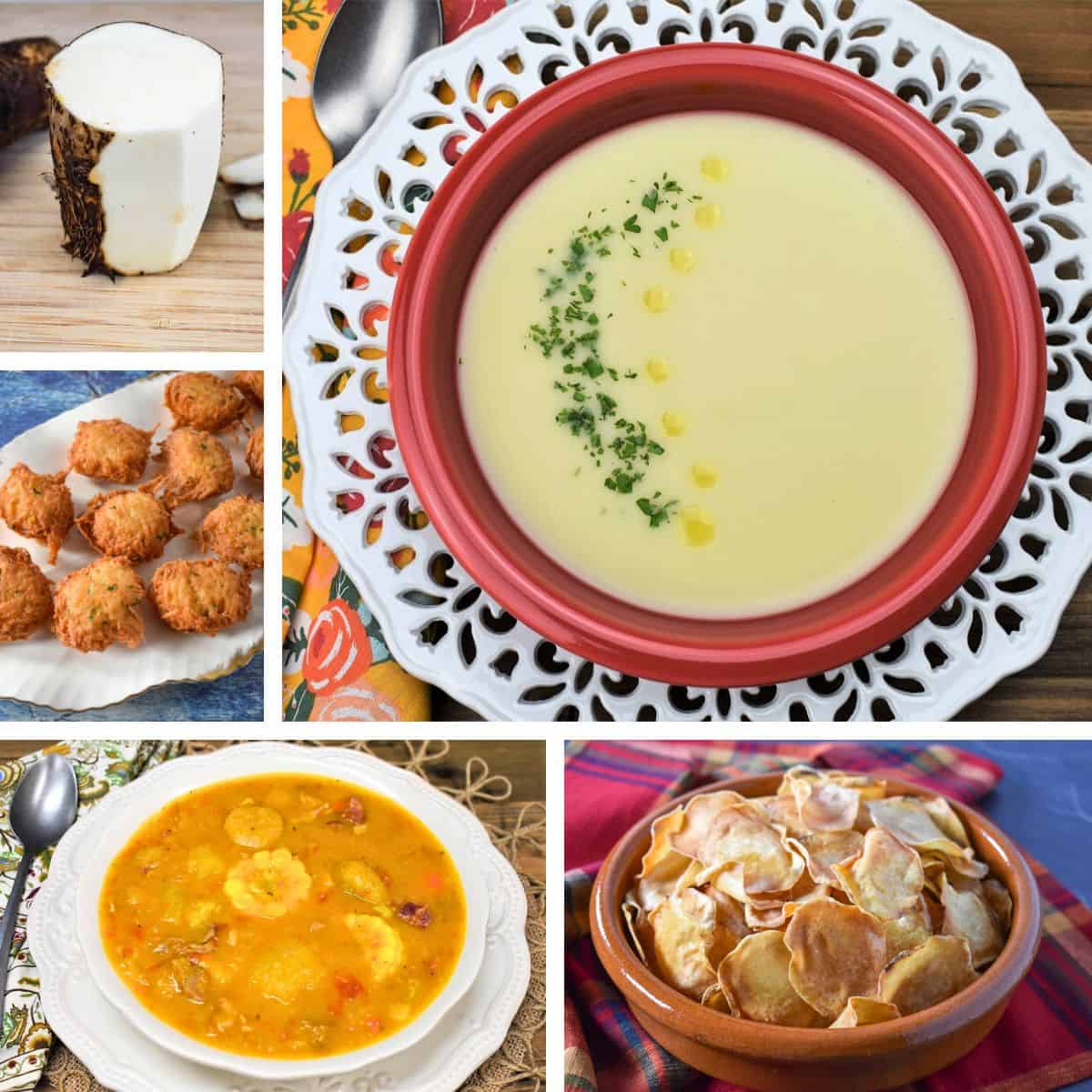
Native to South and Central America, malanga is also widely cultivated in the Caribbean, including Puerto Rico and Cuba, where it’s a staple food. In Cuban cuisine, it shines in soups, stews, and as a base for mashed, fried, or boiled dishes. In this article, we’ll explore what malanga is, how to cook it, and share some delicious recipes to try.
Are malanga and taro the same thing?
They are from the same family (Araceae) however they belong to different genus groups. Malanga belongs to the genus Xanthosoma and taro belongs to the genus Colocasia.
How can you tell them apart? The skin on malanga is brown and has a wiry, shaggy texture. Taro is also brown, but lighter in color and the skin is a bit smoother, less bristly. Taro also has a bulb like shape, while the malanga is long and tapers at one end.
On the inside: The flesh is white, almost bright white. Taro’s flesh can vary between white, cream colored with purple flecks.
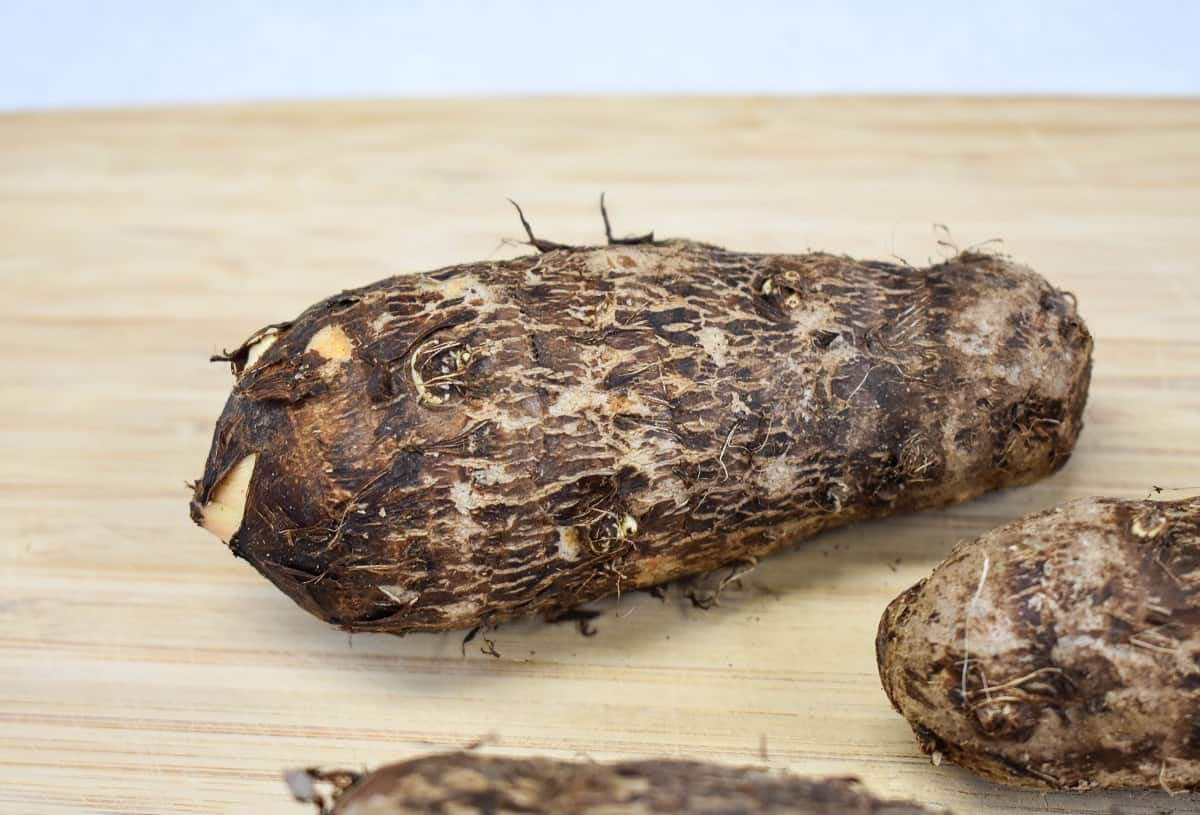
How to peel malanga safely and effectively
Peeling malanga can be tricky due to its thick, wiry exterior, which isn’t well-suited for a standard vegetable peeler. Additionally, the white flesh is quite slippery, so it’s important to handle it carefully. To improve your grip, use a paper or kitchen towel if needed.
The best method for peeling malanga is similar to peeling a pumpkin or butternut squash. Start by cutting off both ends to create a stable base. Then, cut the malanga into two or three smaller pieces, depending on its size, as malangas can vary greatly in shape and length.
Next, stand a piece on its widest end and carefully slice off the peel in thin strips, working your way around until all the skin is removed.
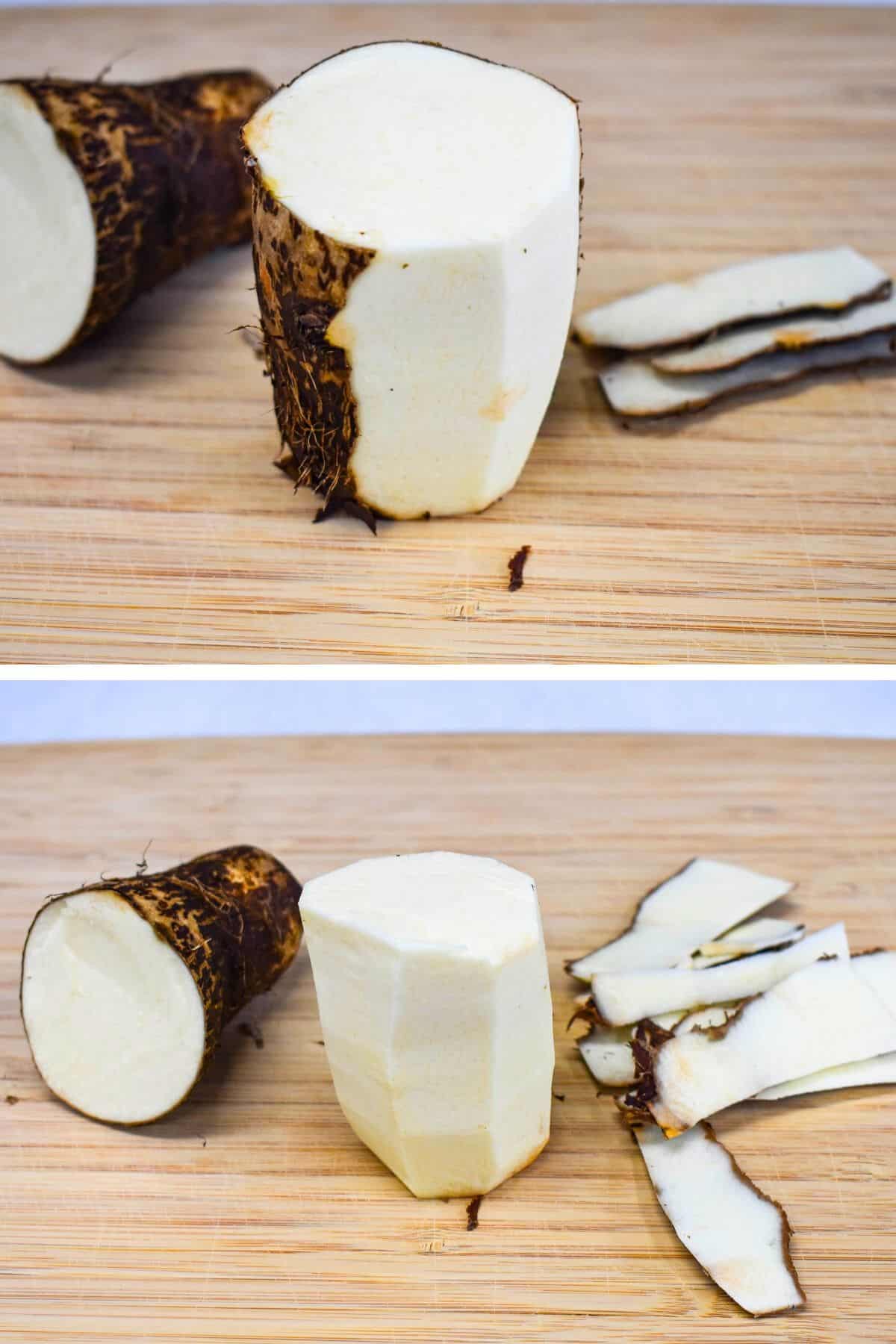
Keep them in a bowl of cold water once they are peeled to slow the browning process. Rinse them with fresh cold water when you are ready to use.
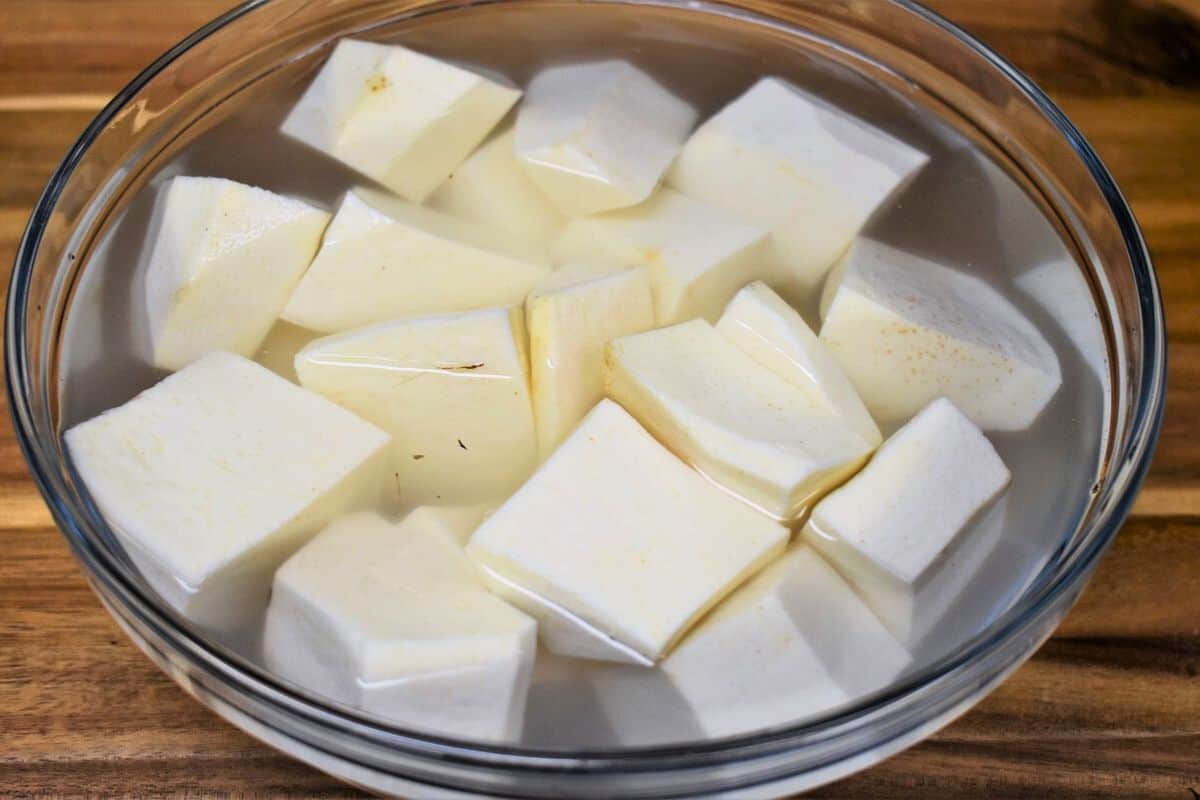
How to Boil Malanga: A Simple Recipe
This simple boiled malanga recipe is an easy and versatile preparation. It works wonderfully as a side dish or can be enjoyed on its own for a light lunch or dinner. Perfect for highlighting the natural flavor of this unique tuber!
Ingredients
- 1½ pounds Malanga, washed, peeled, and cut into roughly 2-inch pieces
- Water (enough to cover the malanga)
- 1 teaspoon Salt, plus extra for serving
- 1–2 tablespoons Butter or Olive Oil
Instructions
- Peel and cut the malanga into roughly 2-inch pieces. Place the peeled pieces in a bowl of cold water while you finish peeling. (For detailed peeling instructions with pictures, see How to Peel Malanga Safely and Effectively in the post above.)
- Place the peeled malanga pieces in a large saucepan or pot and cover with cold water, leaving about 2 inches of water above the malanga. Add 1 teaspoon of salt to the water. Bring to a boil over medium-high heat.
- Reduce the heat to medium and simmer for 15–25 minutes, or until the malanga is fork-tender. Check it early to avoid overcooking.
- Carefully drain the water using a colander. Return the malanga to the pot or a serving dish. While still hot, finish with a pinch of salt and a pat of butter or a drizzle of olive oil.
- Serve as a side dish or enjoy it on its own.
More Recipes Using Malanga
Malanga is a versatile root vegetable that can be boiled, baked, fried, or added to soups, stews, and meat dishes. Here are five recipes to inspire you to make the most of this fantastic ingredient.
Crema de malanga
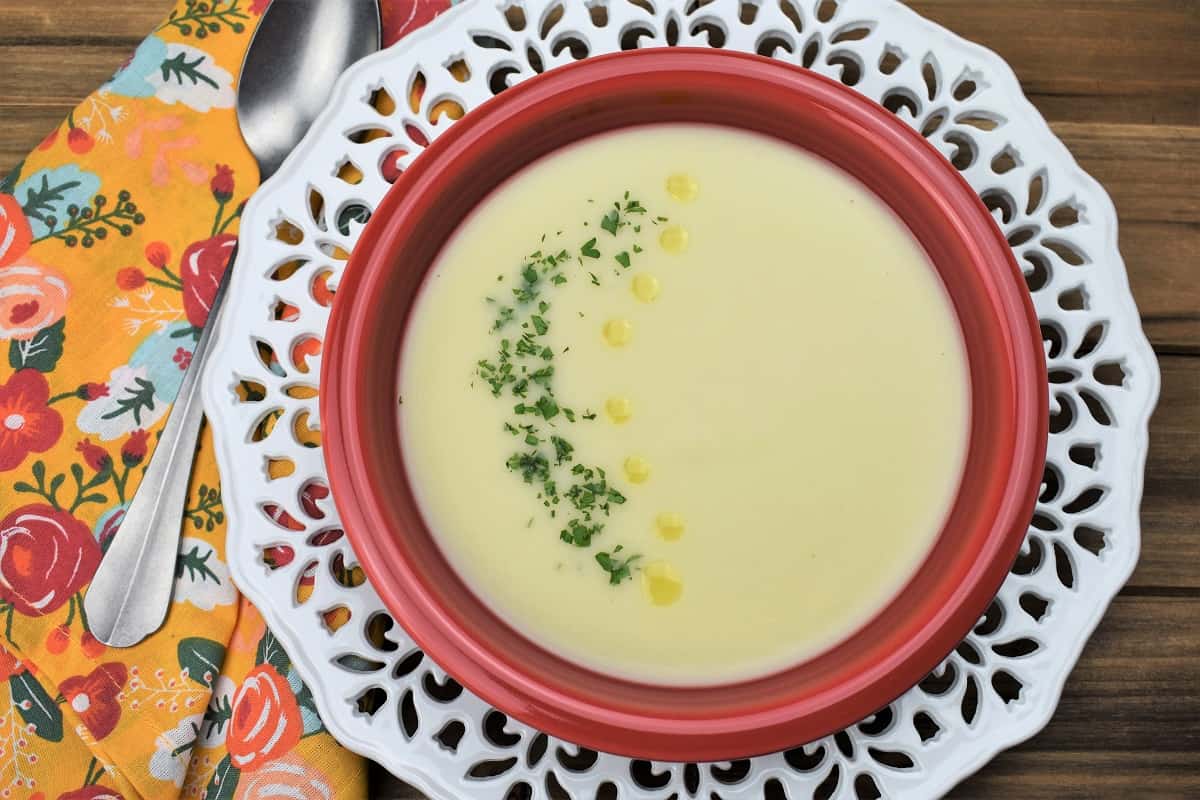
This is a rich, velvety soup, made luxuriously smooth by the natural texture of the malanga root, not cream. It’s an easy, nourishing dish that’s perfect for a light lunch or dinner.
Frequently asked questions
Choose a malanga that is firm all over without any soft spots. It is hard so you can inspect it by pressing down firmly. Also, make sure it is well-formed and free of dents, blemishes, mold, etc.
Keep them in a cool, dry place away from direct sunlight. Store them the same way you would potatoes.
No, it must be fully cooked before consuming. Popular preparations include: boiled, mashed, fried, or added to soups.
It has a unique flavor that is mild and earthy. The texture is similar to a russet potato, but not so grainy, it is a bit smoother.
There is no translation for malanga, it's pronounced and spelled the same in Spanish and English.
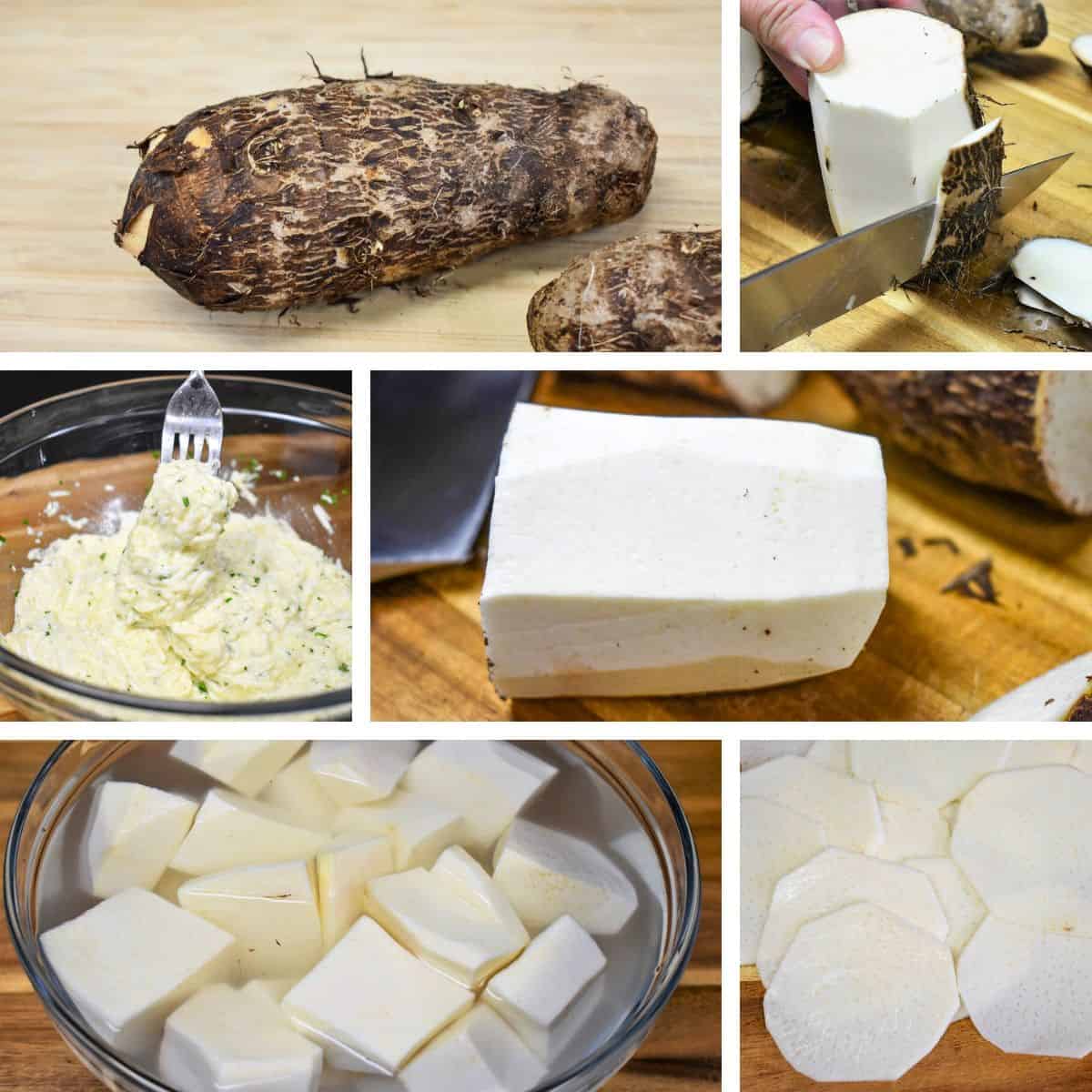
If you enjoyed this article highlighting the versatility of malanga—a staple in Cuban cuisine—and its many uses, why not dive deeper into the flavors of Cuban food? Explore more about the basics of this vibrant culinary tradition or discover recipes for everything from appetizers and snacks to hearty soups and satisfying main dishes. Check out these articles:
Subscribe
Join our Newsletter for the latest recipes and more right in your inbox.
📖 Recipe
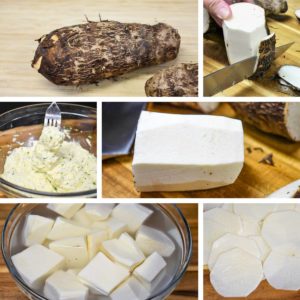
How to Cook Malanga
Ingredients
- 1½ pounds Malanga washed, peeled, and cut into roughly 2-inch pieces
- Water enough to cover the malanga
- 1 teaspoon Salt plus extra for serving
- 1–2 tablespoons Butter or Olive Oil
Instructions
- Peel and cut the malanga into roughly 2-inch pieces. Place the peeled pieces in a bowl of cold water while you finish peeling. (For detailed peeling instructions with pictures, see How to Peel Malanga Safely and Effectively in the post above.)
- Place the peeled malanga pieces in a large saucepan or pot and cover with cold water, leaving about 2 inches of water above the malanga. Add 1 teaspoon of salt to the water. Bring to a boil over medium-high heat.
- Reduce the heat to medium and simmer for 15–25 minutes, or until the malanga is fork-tender. Check it early to avoid overcooking.
- Carefully drain the water using a colander. Return the malanga to the pot or a serving dish. While still hot, finish with a pinch of salt and a pat of butter or a drizzle of olive oil.
- Serve as a side dish or enjoy it on its own.
Notes
- Cut the malanga into pieces that are roughly the same size for even cooking.
- Add the butter or olive oil to the malanga immediately after draining while it’s still hot to allow it to melt and coat evenly.
- Keeping the peeled malanga in a bowl of cold water prevents oxidation, which can cause discoloration. Make sure to do this while peeling and cutting.
- Check the malanga by piercing it with a fork. If the fork slides in easily, it’s ready. Avoid overcooking, as it can become too mushy.
Nutrition
The nutritional information above is computer generated and is only an estimate. There is no guarantee that it is accurate. This data is provided as a courtesy for informational purposes only.


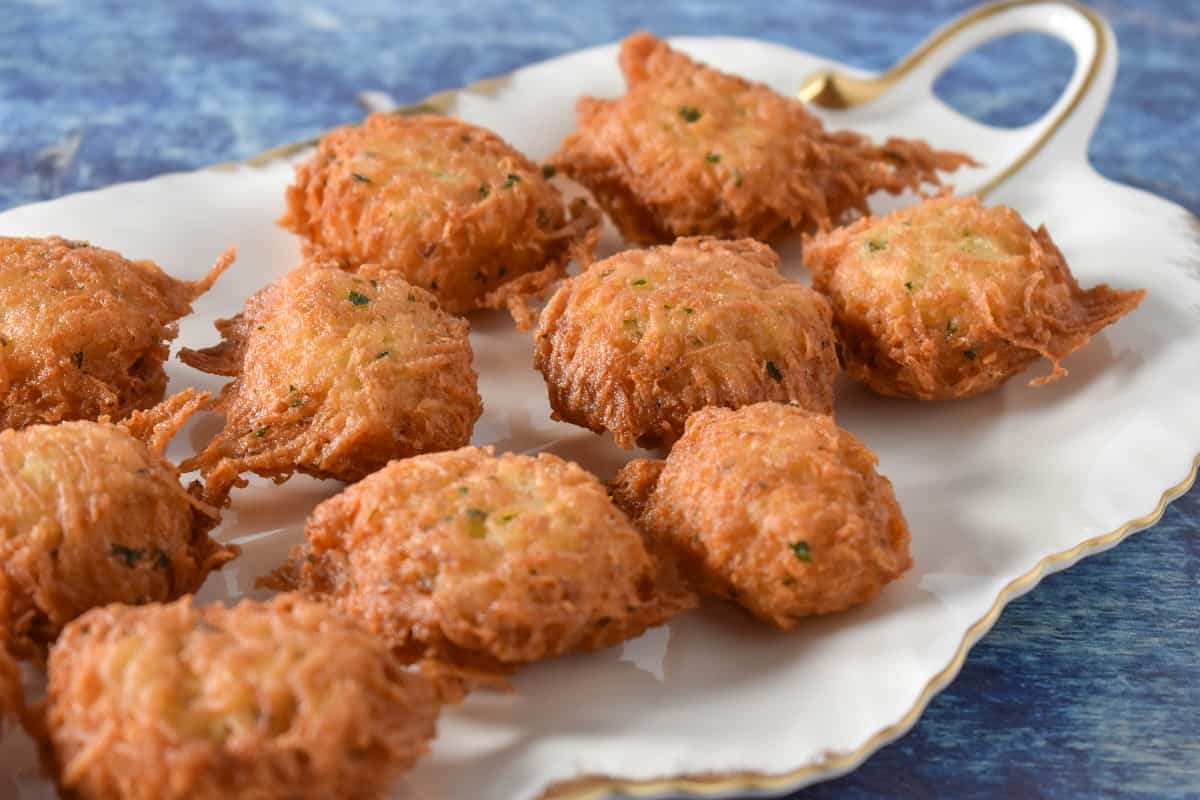
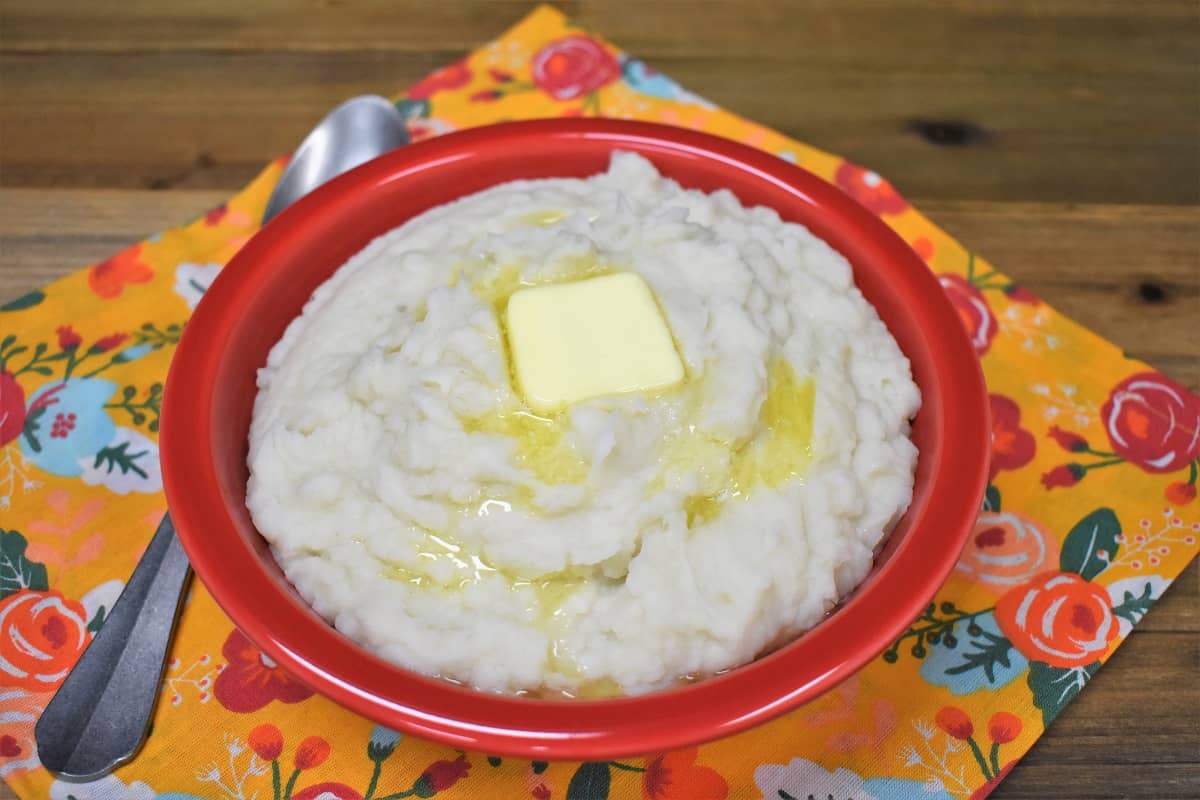
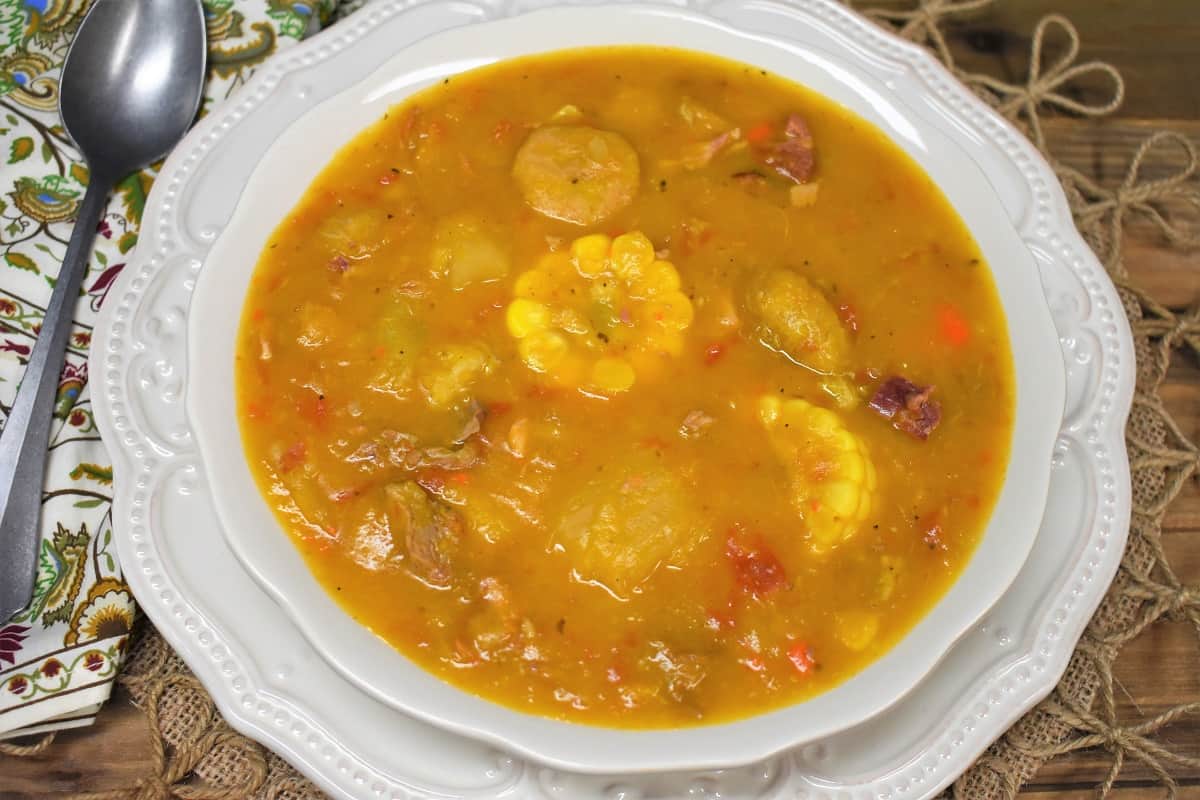
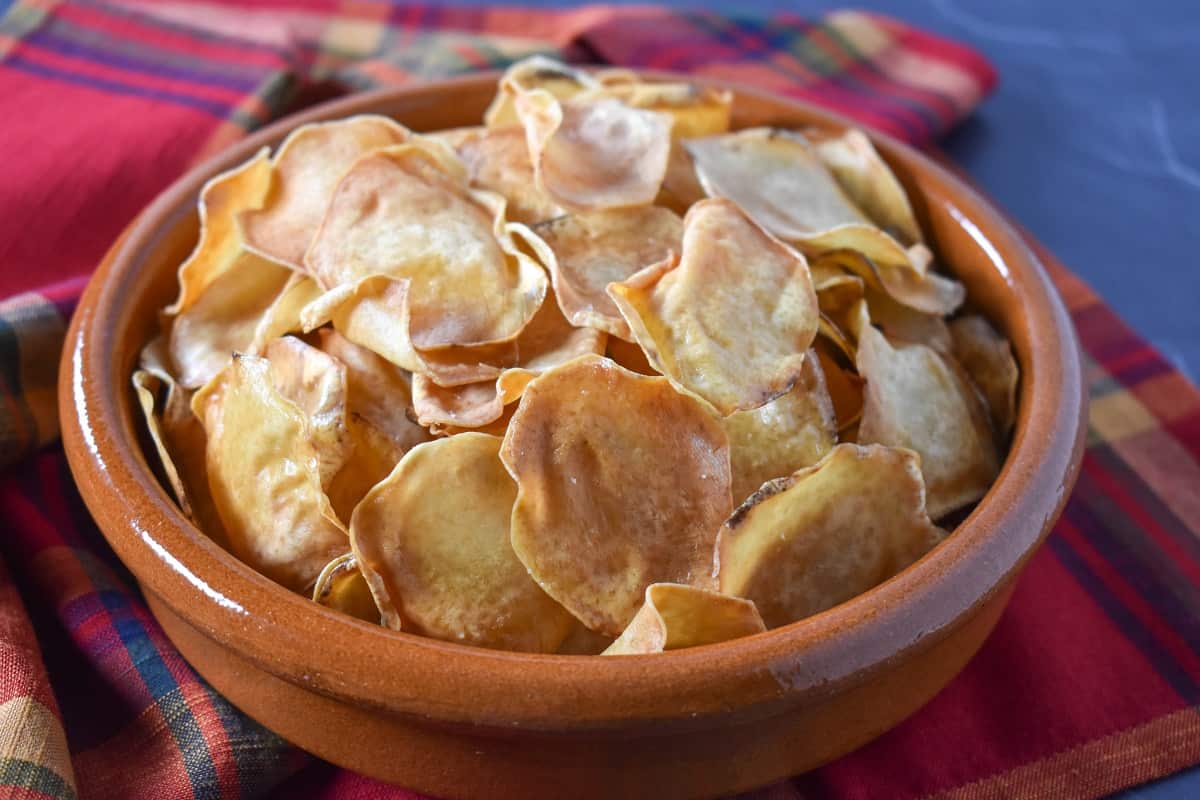
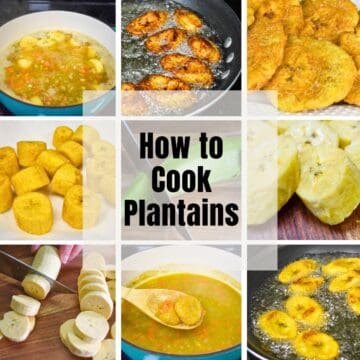
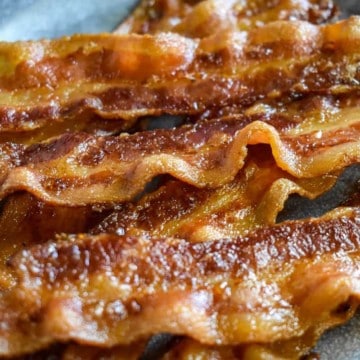
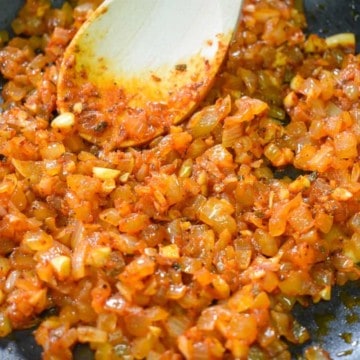
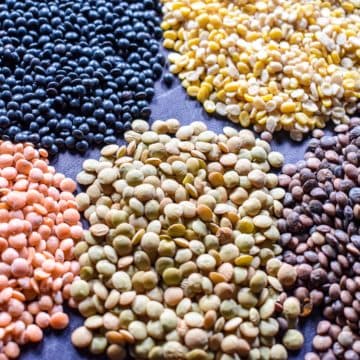
Nona
It is also called Eddo in Guyana, South America. It’s so delicious in all preparations .
nwesther
Where I come from, Malanga is known as arrow root in English. I’m surprised a lot of folk don’t know this! It’s a great substitute for breakfast carbs. I love eating it with a cup of tea in the morning.
Christine
Thanks for your great article! My question is can you freeze malanga?
Elizabeth
Yes, in fact you can buy frozen malanga in some places. Thanks for stopping by!